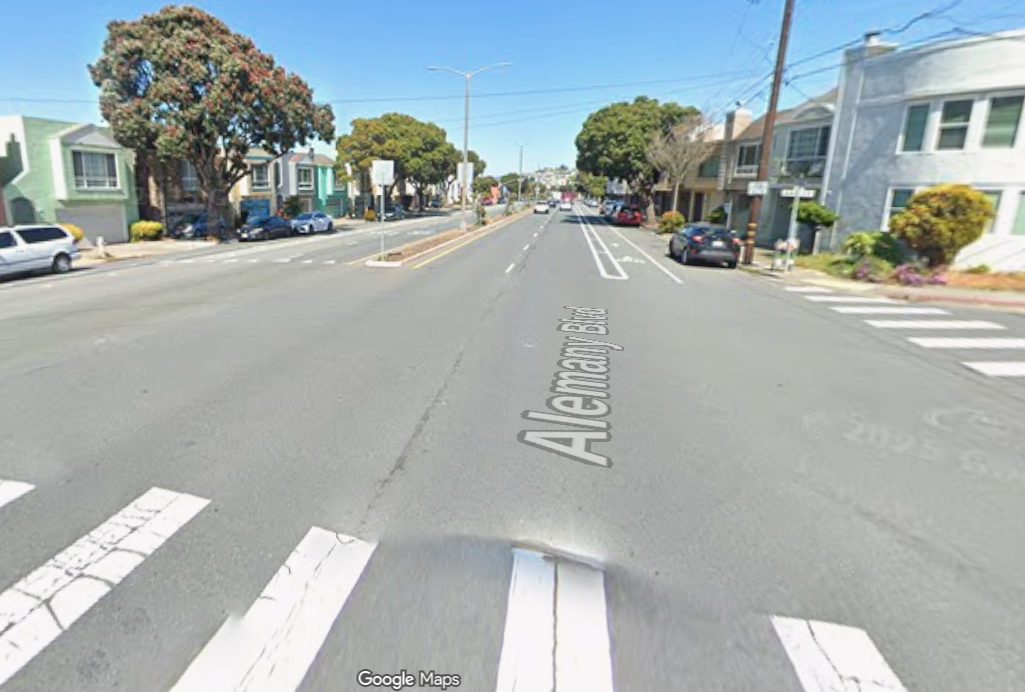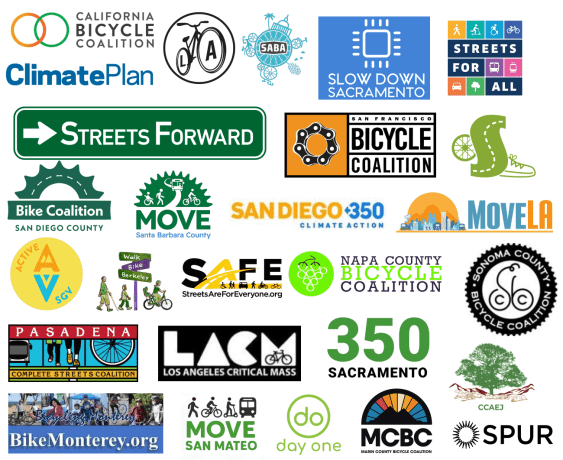Many people have been inspired by UCLA Professor Donald Shoup’s epic takedown of American parking policy, but few have turned that newfound passion into the kind of scholarship Alan Durning has produced on the issue. The executive director of the Pacific Northwest’s sustainability think tank, Sightline Institute, has now published 12 installments in a series called “Parking? Lots!” -- and there's more coming.
Each installment examines the parking beast from a different angle -- the territorial rage people feel when others park in front of their house, the conviction of some drivers that they have special parking “karma” that lets them find the best spaces -- and the profound damage that overabundant parking wreaks on cities.
Durning wanted to make Shoup’s writing more accessible to a mainstream audience, capture some aspects that Shoup’s book left out, and tailor the message to a Cascadia audience. He especially hoped to capture the attention of urban planners and council members in small and mid-sized cities where the latest innovations in transportation policy might not already be implemented or even understood.
We’ve re-printed one of our favorites from the series, Apartment Blockers, an in-depth exploration of what parking minimum have to do with the fact that The Rent Is Too Damn High.
Durning and I spoke at length last week. Here are some of the many highlights of our conversation. We’ll run some more tomorrow.
Tanya Snyder: Where are the places that are really getting parking right?
Alan Durning: The city of Seattle and the city of Portland are both pretty darn good. Both have eliminated off-street minimums for multi-family buildings in much of the cities, though Portland has now back-tracked a little bit and created a very small parking minimum again. Seattle is doing a low-tech, crude version of performance pricing, which is where you vary the price of meters in order to ensure that there’s always one or two spaces on each block, and that’s supposed to eliminate cruising for parking. And that starts to approximate market pricing for parking. So, in the Northwest, those are the two leaders.
The places Donald Shoup talks about as having put it all together are part of Pasadena, California, of all places, and some places in San Diego. Some other cities are starting to do the whole package: 1) charging the right price for street parking, 2) rebating some of the meter revenue to the local neighborhoods -- which is important because it creates political pressure to extend charging for parking -- and 3) reducing off-street parking requirements. Redwood City, California; Austin, Texas -- Mexico City is just getting started. Washington, DC, is doing some things.
The giant challenge is to create a market for parking. When there is a market for parking, that will help to diminish the supply of parking. That’s the ultimate goal.
TS: It seems like you can potentially charge a decent amount of money for parking downtown, but then you have the suburbs, where you just have tons of these spaces and no one expects to pay anything for them.
AD: The giant problem, the giant challenge, is to create a market for parking at all. When there is a market for parking, then there are a number of positive feedback loops that will help to diminish the supply of parking. That’s really the ultimate goal of the whole argument.
There is currently a ruinous, vicious circle: Neighbors want free, uncongested on-street parking, so they demand lots of off-street parking at all new developments. That ensures that the supply is flooded, and so it makes no sense to charge for it. And that process keeps happening. You have to cut that circle, and that’s been very hard to do.
And so, the correct way to price on-street parking is any way you can price it.
The problem here is political, not primarily analytical or economic. The ideal way to price parking is on the principle of performance pricing.
TS: But then if you start to generate a lot of revenue from parking spaces on the streets, have you made it harder to reclaim street space for other purposes, like parklets and cycle tracks and wider sidewalks?
AD: It is possible that you have. There may be a tension between the Shoup model of parking reform and other street reclaiming activities.
But I suspect that it is a complicated tension. For example: If in your neighborhood you have eight curb spaces on each block, on each side of the street -- which is normal -- and under current circumstances, they price out at a dollar an hour apiece. If your neighborhood is getting the revenue to invest in community projects, including things like parklets and cycling infrastructure, it’s conceivable -- and I’ve never seen anyone do this analysis -- it’s conceivable that the price per curb space goes up to $1.50 when you eliminate parking spaces to put in a cycle track.
So it might be that parking reform pays for the street reclaiming that we want to do. Again I’m speculating.
TS: This is a very cold, rational analysis that neighbors can do to say, “This is better for our community at large because we can get these rebates and get this revenue,” but people also think that they have a right to park their enormous machines anywhere they want to go, including multiple spaces in front of their houses.
Even in buildings where parking is unbundled from the price of rent, everyone is paying for those parking spaces because the market is so flooded with on-street spaces, you can’t charge enough to cover to cost of building the parking.
AD: Again, the problem is political. What do we have that we can pit against territoriality? What’s strong enough to potentially overcome it? Shoup’s insight, which I agree with, is that greed might be powerful enough to counteract territoriality.
TS: But it’s a different kind of greed. You’re talking about a communal good.
AD: Yes, but it’s a communal good that increases the value of your property. So you are richer because of the better sidewalks, nicer parks, increased police protection -- whatever it is that the community chooses to spend its parking revenue on. You have more money. So it’s not just a public good versus private.
TS: It seems like the other thing that would cycle back is this: All of a sudden these off-street spaces become more valuable because you’re charging a market rate on the street. Would that drive up that value enough that, even if you eliminate all requirements, developers would start building more parking spaces into their buildings because the price that they can get for it increases? Would you actually end up eliminating parking requirements, charging market rates, and then ending up with more off-street parking?
AD: There are probably a few places where that would happen, and it probably should happen in those places. In most places that’s not what will happen. And the reason is that parking is really fricking expensive to build. And the market price for off-street parking is way below the actual cost of building it.
Our preliminary analysis in the Seattle area shows that every resident of an apartment building is paying for the parking spaces whether they use one or not. Even in a city where most new apartment buildings have unbundled parking from the rent, which is a sign of progress. In Seattle, almost all the new apartment developments offer tenants a space if they want one but they pay for it separately. But even in those buildings, everyone is paying for those parking spaces because the market is so flooded with on-street spaces, you can’t charge enough to cover to cost of building the parking.
And in most cities it’s also not legal to do any kind of creative solution like renting parking in the night from nearby grocery stores and office buildings. In the article I talked about what happened in Los Angeles when the city waived parking requirements in old buildings in downtown. Six thousand new apartments got built in short order and most of them offered parking, but half of the parking was offsite.
We’ll publish the rest of the interview tomorrow, in which we discuss why public officials go into politics, dangerous assumptions about future driving trends, and induced driving.






